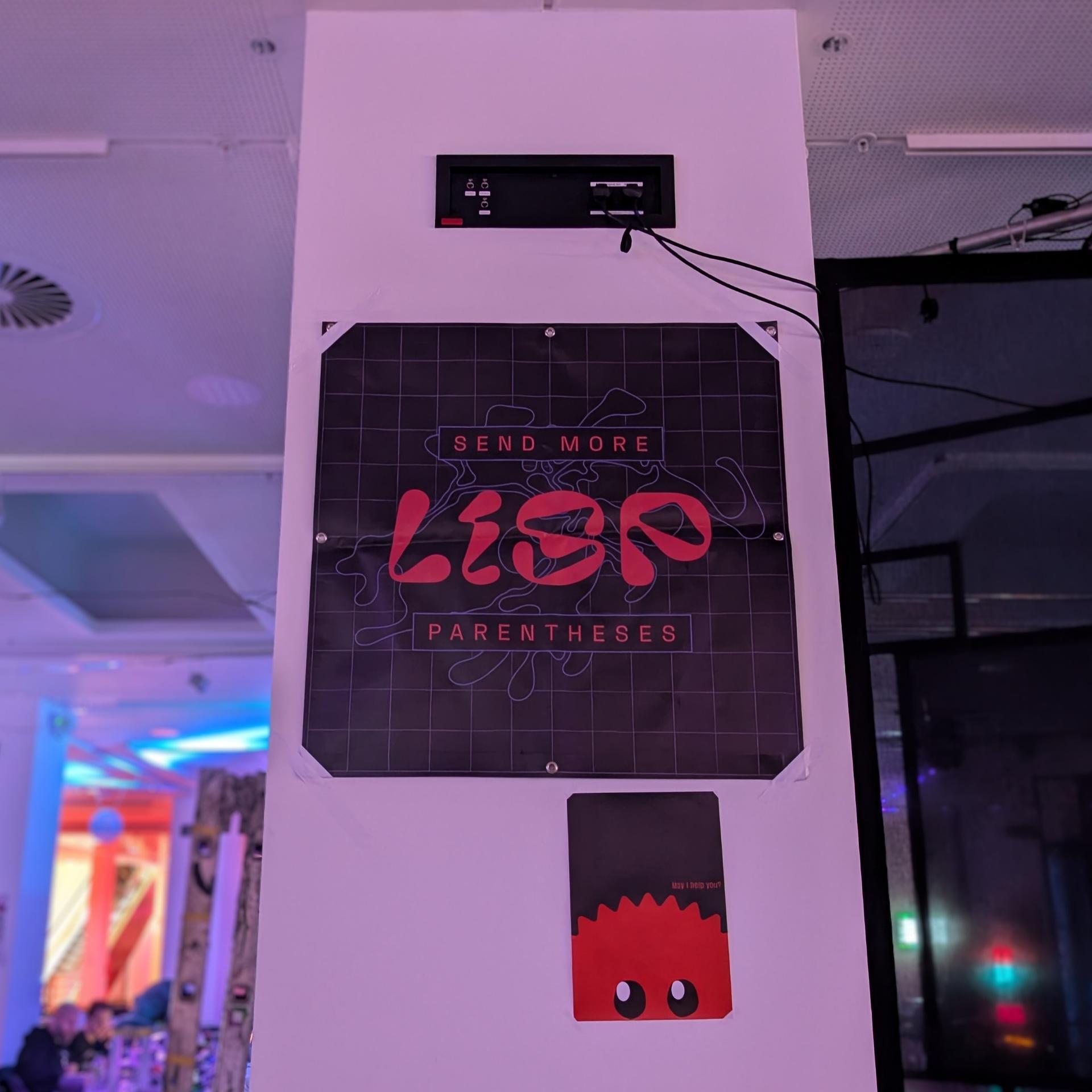Eh, pls #boost my request to #getfedihired, if you could spare two clicks? 🥺
I've been humming and hawing about posting this, it feels strange, something about generational guilt & working class shame & ... but it's either this or start putting my CV through LLMs to include every buzzword on the listing I'm applying to. I haven't been able to stomach that, even though I presume that's a lot of my competition.
I simply can't get to an interview. Historically, I've done three interviews and got the job each time, because I'm a real human being who is friendly and chatty and presents himself sincerely (or, that's my guess, anyway).
#Christmas miracles appreciated!
In #Ireland with my partner, but we've lived in different places and would move happily. I've a year experience doing an IT support role the last year, but have transitioned to this stuff later than usual.
Before I've done: bartender; bicycle courier for Deliveroo in #Berlin for two years (best job ever); private tutor for five years in #Lyon (mostly piano but also maths, Irish, English, flute, tin whistle); bookies clerk for a short period; a few other odd bits - one highlight was writing reviews for a theatre company.
Oh, very comfortably fluent in #French, pretty fluent in #Irish (my first love), and intermediate #German (which I would love to have a chance to go back speaking and learning).
Tech-wise, it's been mostly on the #Linux / #Emacs / #Lisp side of things. I would happily work on anything that is one or more of challenging, interesting, useful, or moral.
Money doesn't rule me. I want to live with a humane level of comfort, that's all.
CVs and references available, DMs open. Thanks so much for any and all help!


